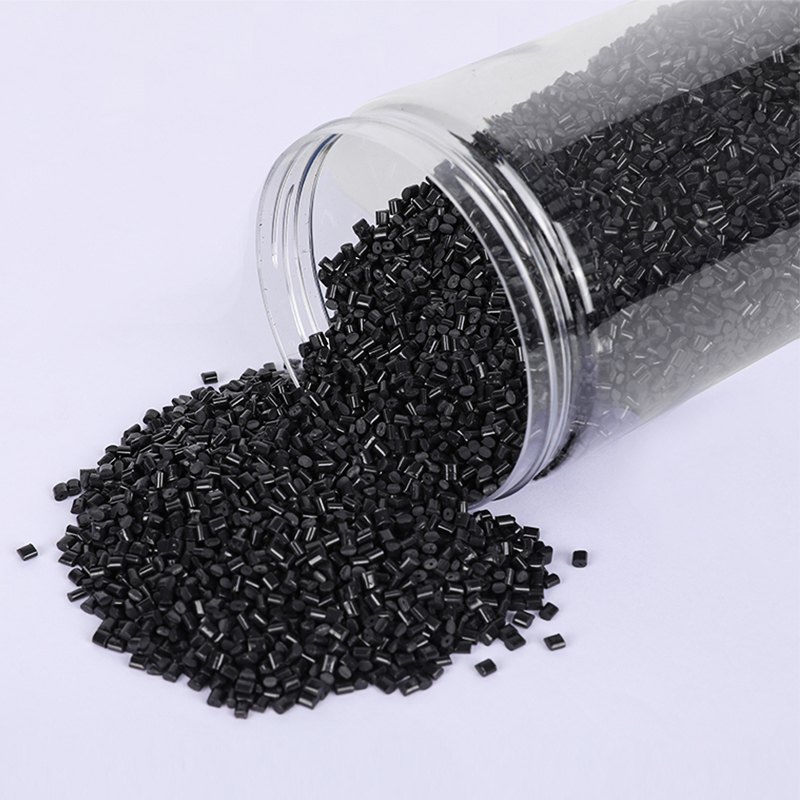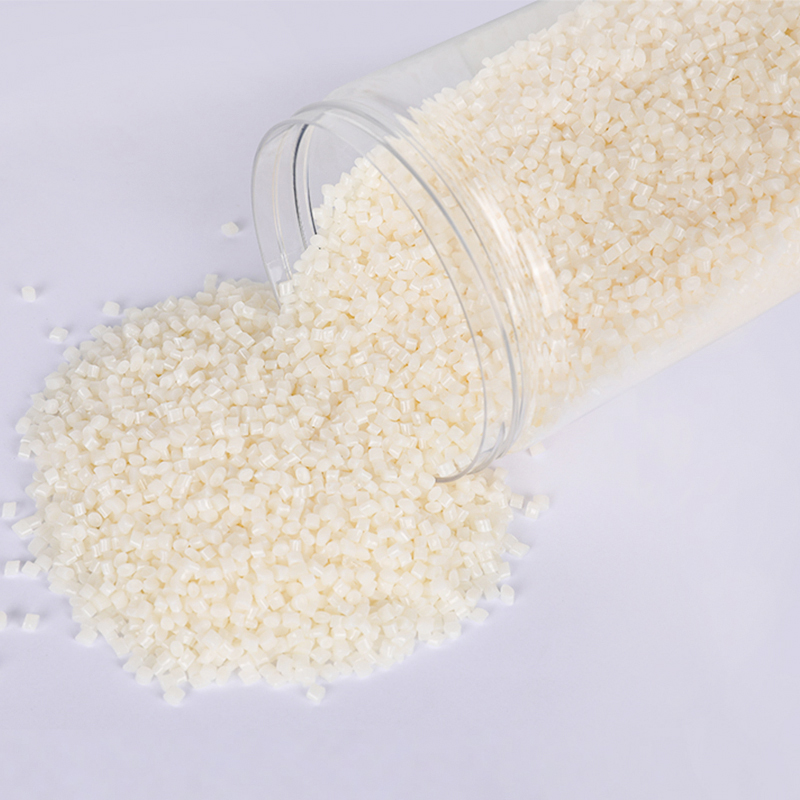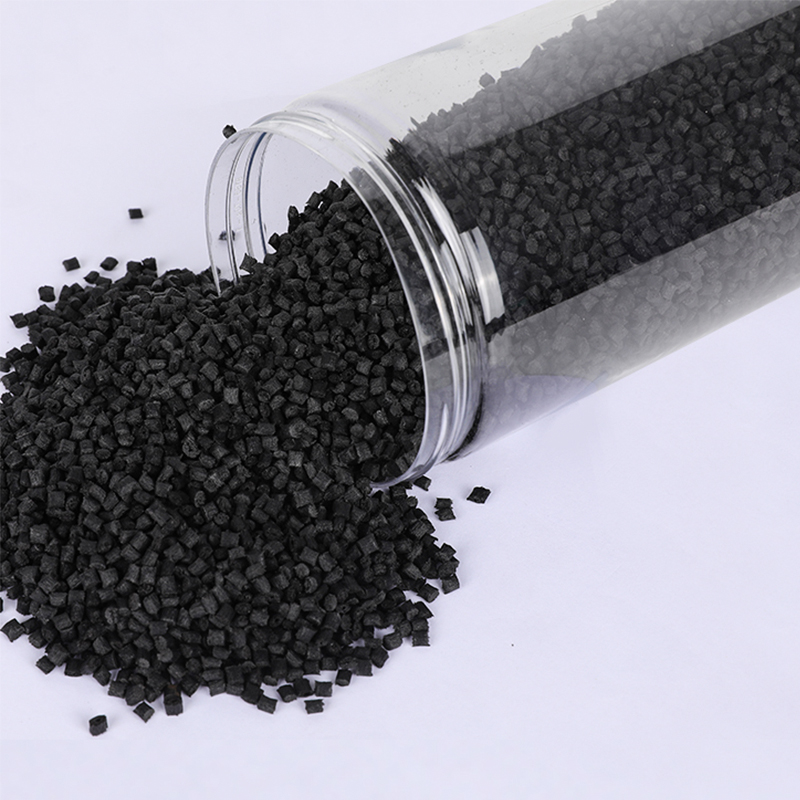High-density polyethylene (HDPE) and low-density polyethylene (LDPE) are two different types of
polyethylene plastic with distinct properties and uses. Here are the key differences between HDPE and LDPE:
Molecular Structure:
HDPE has a higher molecular weight and a more linear structure, which contributes to its higher density.
LDPE has a lower molecular weight and a branched structure, resulting in lower density.
Density:
As the names suggest, one of the main differences is the density. HDPE has a higher density than LDPE. The density of HDPE typically ranges from 0.93 to 0.97 g/cm³, while LDPE has a density ranging from 0.91 to 0.93 g/cm³.
Strength and Stiffness:
HDPE is stiffer and stronger than LDPE. It has a higher tensile strength and better resistance to wear and tear.
LDPE, being more flexible and less dense, is not as strong or rigid as HDPE. It is more susceptible to deformation under load.

Temperature Resistance:
HDPE has better resistance to higher temperatures compared to LDPE. It can withstand temperatures up to 120°C (248°F) without significant deformation.
LDPE has a lower temperature resistance and can soften or deform at lower temperatures, typically around 80°C (176°F).
Chemical Resistance:
Both HDPE and LDPE have good chemical resistance, but HDPE is generally more resistant to chemical exposure than LDPE.
Processing Methods:
HDPE is commonly processed using injection molding, extrusion, and blow molding techniques. It is widely used in the production of bottles, pipes, and containers.
LDPE is often processed using methods such as extrusion and blow molding. It is commonly used for packaging films,
polyethylene plastic bags, and squeeze bottles.
Applications:
HDPE is commonly used in applications requiring durability, strength, and rigidity, such as water pipes, chemical containers, and automotive fuel tanks.
LDPE is more suitable for applications that require flexibility and transparency, such as plastic films, grocery bags, and squeeze bottles.



 简体中文
简体中文 English
English







